Do you listen to music? Would you say music has impacted your life? Music has been an important part of history since the earliest civilizations to the present day. It has been used for religious purposes, entertainment, communication, celebrations, protests, and numerous other things. Despite music’s different definitions throughout the world and history, all cultures partake in it, making it a universal experience. However, European and Western music have had the most influence and listeners. Many music listeners don’t realize the history that inspired the songs they listen to.
Earliest Music
The earliest use of music dates back to around 40,000 BP when archaeologists found primitive flutes of bone and ivory. However, the earliest specific songs are relatively more recent, a 4,000-year-old Sumerian clay tablet, which includes instructions and tunings for a hymn honoring the ruler Lipit-Ishtar (History). Prehistoric music was likely used as warnings, to inform, or for entertainment while hunting and on expeditions.
Notable Ages of Music
Despite music’s existence from the start of prehistoric times, there are notable ages of music with popular composers and artists.
Medieval (c. 1150-c. 1400)
At the heart of medieval music lay the rich tradition of sacred music, exemplified by the ethereal melodies of Gregorian chant. Gregorian chant was the predominant form of liturgical music in the Western Church during the medieval period.
Medieval music was brought to life through a diverse array of instruments, ranging from the pipe organ to the hurdy-gurdy. Among the most popular instruments of the era were the lute, a string instrument with a pear-shaped body, and the harp, popular for its celestial tones and elegant design. Other notable instruments included the vielle (similar modern violin), the shawm (a double-reed woodwind instrument), and the recorder (a simple flute-like instrument).
The people of the Medieval era played music for religious purposes, entertainment, celebration, romance, cultural expression, artistic pursuits, and healing.
Renaissance (c. 1400-c. 1600)
One of the defining features of Renaissance music was the rise of polyphony, characterized by the cooperation of multiple melodic lines. Composers such as Josquin des Prez, Giovanni Pierluigi da Palestrina, and Thomas Tallis were the masters of polyphonic composition. They created elaborate motets, masses, and choral works for the Catholic Church.
The invention of the printing press in the mid-15th century revolutionized musical knowledge, allowing composers to publish their works in printed form. Music printing houses, such as Ottaviano Petrucci’s famous Venetian press, produced meticulously engraved editions of polyphonic compositions, making them accessible to a wider audience of musicians and enthusiasts.
Baroque (c. 1600-c. 1750)
Music from the Baroque period was known for its grandiose, dramatic, and energetic spirit and its stylistic diversity. Most of the dramatic turning points in the history of music were during the middle of the Baroque period at the start of the 17th century, with Italy leading the way (Britannica).
At the beginning of the 16th century, the stile antico was the universal polyphonic style. However, it was later reserved for sacred music, while the style of moderno became more popular.
Famous artists of the times include Jonothan Bach, George Handel, and Antonio Vivaldi. Bach is regarded as one of the greatest composers of all time and his compositions epitomized the Baroque style. Handel was a master of dramatic oratorio and opera. Vivaldi was an innovative composer of concertos, particularly for the violin.
Baroque music featured a wide array of instruments. Popular instruments used were harpsichord (a keyboard instrument with plucked strings), violin, cello, bassoon, trumpet, and oboe.
In the Baroque era, music served various purposes: religious worship, entertainment, and public concerts.
Classical (c. 1750-c. 1830)
Music underwent significant transformations characterized by clarity, balance, and elegance. Through timeless works, classical composers left an indelible mark on the history of music.
Popular composers and artists of the classical period include Wolfgang Mozart, Ludwig van Beethoven, and Joseph Hayden. Mozart was a composer whose works spanned various genres, including symphonies, operas, chamber music, and concertos. Ludwig bridged the gap between the Classical and Romantic eras, Beethoven’s music embodied innovation and artistic expression. Hayden is often called the “Father of the Symphony” and the “Father of the String Quartet” (Britannica)
In the classical era, common instruments used were pianos, string quartets (two violins, viola, and cello), and symphony orchestras (strings, woodwinds, brass, and percussion instruments).
Composers and everyday people played music for artistic expression, entertainment, enlightenment, education, and patronage.
Early Romantic (c.1830-1860)
Music during this time was ordered and refined, the peak of emotional content and the production of some of the most famous works. During this era, technology was advancing; cars, lighting, and telephones were being invented. However, music innovation was almost nonexistent and the music industry roughly stayed the same compared to everything else (Weebly).
During this era, famous musicians included Franz Schubert, Hector Berlioz, and Ludwig van Beethoven. Schubert was known for his lyrical melodies and expressive harmonies. Berlioz pioneered Romantic orchestral music and other innovative works showcased his bold experimentation with orchestration and programmatic storytelling. Beethoven’s influences impacted both the Classical and early Romantic eras.
The main instruments used during this era were piano, orchestras, and lyrical instruments.
Early Romantic composers made music for emotional expression, artistic freedom, social commentary, and spiritual themes. Overall, the Romantic era used music more expressively and artistically compared to other eras.
Example of Early Romantic Music
Late Romantic (c.1860-c.1920)
During the late Romantic music continued to evolve, embracing even greater emotional expression, experimentation, and expansiveness. Additionally, devices to play music had started to be invented during the Romantic period. Devices like the phonograph and record player made music more accessible.
Popular artists at the time included Pyotr Tchaikovsky, Johannes Brahms, and Richard Wagner.
Tchaikovsky was renowned for his lush orchestration and emotional depth. Brahms was a master of symphonic and chamber music, Brahms’ compositions combined classical forms with Romantic expression. Wagner revolutionized the genre with his fusion of music, drama, and mythic themes.
Most songs were composed of similar instruments such as expanded orchestra, chromatic percussion, and some exotic non-Western instruments.
People at the time played music for emotional expression, romantic idealisms, spiritual/philosophical exploration, escapism, and fantasy. In all, the late Romantic era was more profound and experimental, especially compared to the early Romantic period.
Example of Late Romantic Music
20th and 21st century (c. 1920-present)
The 20th and 21st centuries have been a period of immense diversity and innovation in music, with the emergence of new genres, technologies, and cultural movements shaping the musical landscape.
There have been some huge people in the music industry the had revolutionized it. Despite the huge competition during this era, these artists have inspired many people and artists. Some of the three most impactful and influential musicians of this era are Elvis, The Beatles, and Michael Jackson.
Elvis was popularly known as the “King of Rock and Roll” as he popularized the controversial rock and roll genre with his emotive dances. The Beatles were a British pop-rock band consisting of John Lennon, Paul McCartney, Ringo Starr, and George Harrison who popularized albums rather than individual songs. Michael Jackson, also known as the “King of Pop”, revolutionized music with his music and groundbreaking creativity.
Example of 20th and 21st Century Music
Impact Today
Music today still has a huge impact and influence on lots of people. It’s bigger than ever and is more accessible to people. Additionally, there are even more people making music, making it easier to find music that you like and music that you connect to.
Pentucket freshman Jameson Murray said: “I listen to music every day. I have also played the guitar for around two and a half years.” When asked about his thoughts about music and why he listens to and plays it, he stated: “It’s important to me and I genuinely enjoy listening to it. Whenever I’m feeling down, music cheers me up. When I play the guitar I feel better and think I could even find a career in it. It also gives me a better appreciation for the music I listen to because I understand what goes into the songs.”
Jameson brings up a good point about playing or making music. It can give you a deeper understanding of the music you listen to and the sounds you hear throughout the song.
Another Pentucket Freshman Henry Smith stated “I listen to music every chance I get. Last year I had more than 1,000 hours on Spotify. I use it to relax and it greatly influences my mood. Music has become a huge part of my life as I am constantly listening and finding new songs.”
Both Henry and Jameson listen to music all the time and both express how positively it influences their lives.
Conclusion
To sum up, music has been around for a long time and has been impactful since its creation. It has been used in various ways throughout history and the present. All past artists and composers have paved the way for a music-dominated era. Music greatly impacts the lives of millions of people. The music made today has come from many years of history whether you realize it or not. Next time you listen to music, think about where it came from and maybe you will get an even greater deeper appreciation for your favorite tunes.

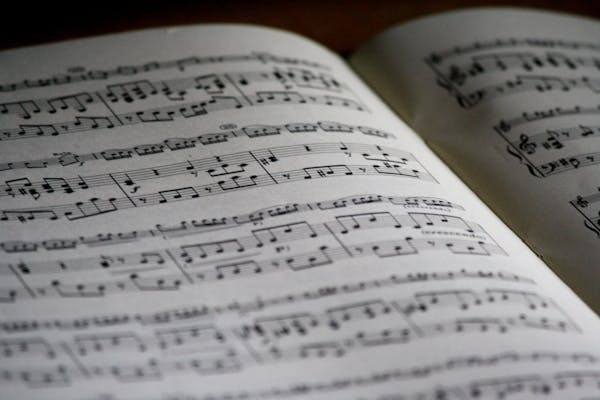
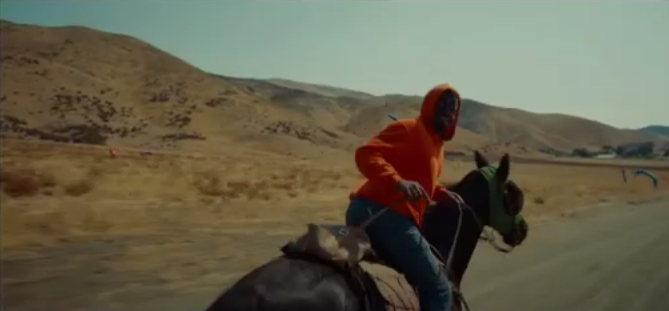
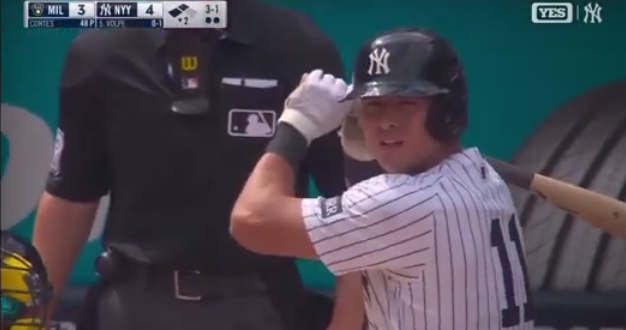
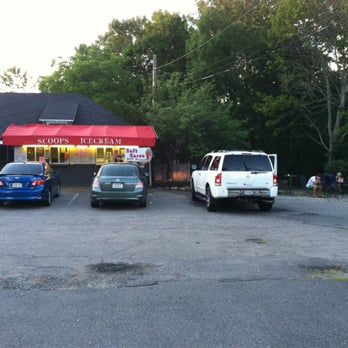




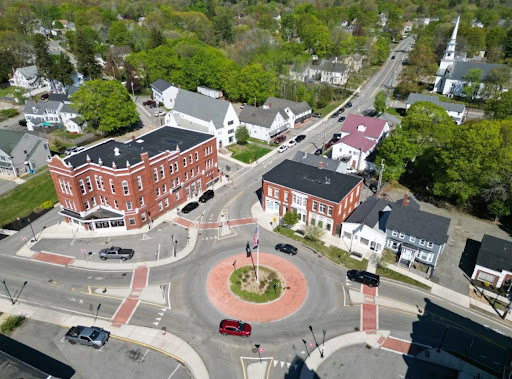


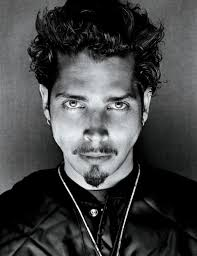





Cam Paradis • May 29, 2024 at 7:58 am
This article was written very well! I learned many new things about the history of music and how it changed over time and its fit into today’s society. I think many people could learn from this article. I found it very interesting!
lucien parenteau • May 21, 2024 at 10:17 am
this article is fantastic! music has most definitely had a effect in the world today. I’ve never noticed it till I read this but it 100% changes the mood depending on the genre. this article has a lot of good information and was easy to read!
Sophie Marcus • May 21, 2024 at 7:45 am
This was a very intruiging and well-written article! I feel very informed on a topic I did not know a lot about before. It was interesting to see the different eras and periods of music! Great work!
Aiden Felzani • May 16, 2024 at 9:30 am
I found this very intresting, loved to see the difference in time and how music has evolved/changed to fit into the enviorment needed. Very neat to see how various it impacted. I myself am imapcted by music!
Ben Drescher • May 16, 2024 at 8:44 am
Very well written article! Extremely informative and I like the bit about appreciating how long it’s taken music to become what it is today. As a musician, I definitely connected with this article.